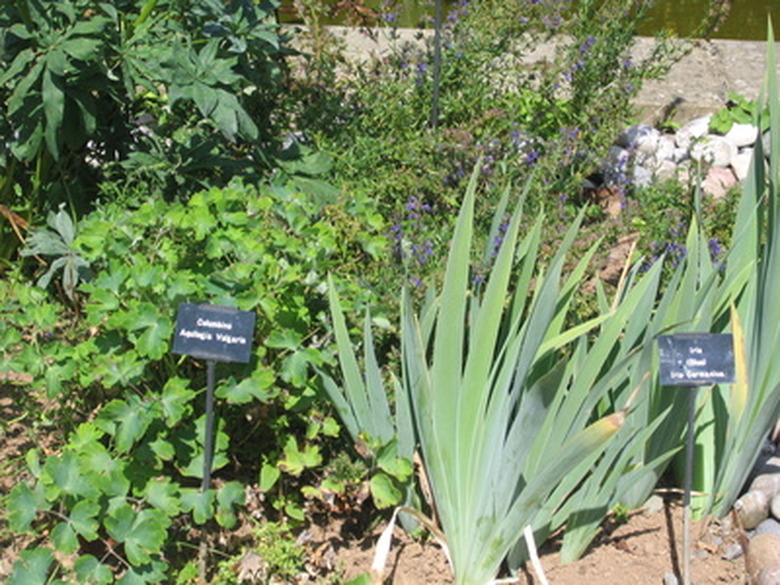The Toxicity Of Flowering Maple Trees
The toxicity of flowering maple (Abutilon X hybridum) is a controversial topic, possibly because the plant is known by several common names and may be confused with other plants. Flowering maple is sometimes referred to as Chinese lantern. Another plant also known as Chinese lantern (Physalis spp.) produces poisonous flowers, according to the Colorado State University. Always verify a plant through its botanical or scientific name.
Identification
Flowering maple is in the Malvaceae family and is a woody shrub. It produces simple, alternate palmate leaves similar to those of a maple, hence its name. The flowers are five-petaled and droop downward. They may be orange, red or yellow. The plant originated in the tropics and is used as a houseplant or a woody shrub in landscapes.
- The toxicity of flowering maple (Abutilon X hybridum) is a controversial topic, possibly because the plant is known by several common names and may be confused with other plants.
Toxicity to Humans
The leaves of a flowering maple are mildly poisonous to humans, causing rashes or other skin disorders upon contact. The rash generally lasts a few minutes and subsides, according to Dr. Alice B. Russell, Department of Horticultural Science at North Carolina State University.
Toxicity to Pets
The leaves of flowering maples are toxic to rabbits, according to the Rabbit Advocates website. Do not feed this plant to rabbits or grow it in areas where rabbits are allowed to forage.
Toxicity to Livestock
Flowering maple does not appear to be toxic to livestock. Several other maple varieties are toxic, though, such as red maple, according to Rutgers University. The leaves are most toxic (and most appealing) in the fall when they still hang from the tree, but growth is dwindling. Most toxic poisoning cases have involved horses eating the leaves off tree limbs. Once leaves fall to the ground, they die, and while still toxic are much less palatable to livestock.
- The leaves of a flowering maple are mildly poisonous to humans, causing rashes or other skin disorders upon contact.
- The leaves are most toxic (and most appealing) in the fall when they still hang from the tree, but growth is dwindling.
Considerations
Flowering maple appears to be safe for planting in home landscapes and is listed on the University of California's safe plant list. Contact a local poison control center though, if you experience adverse effects after handling any plant, including flowering maple.
